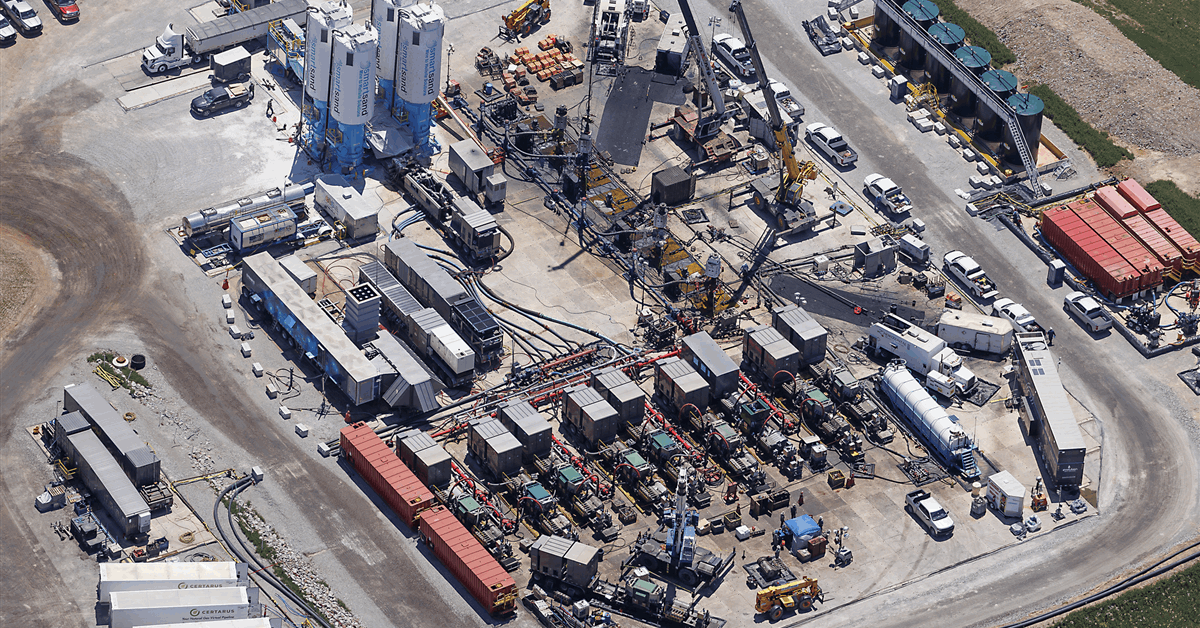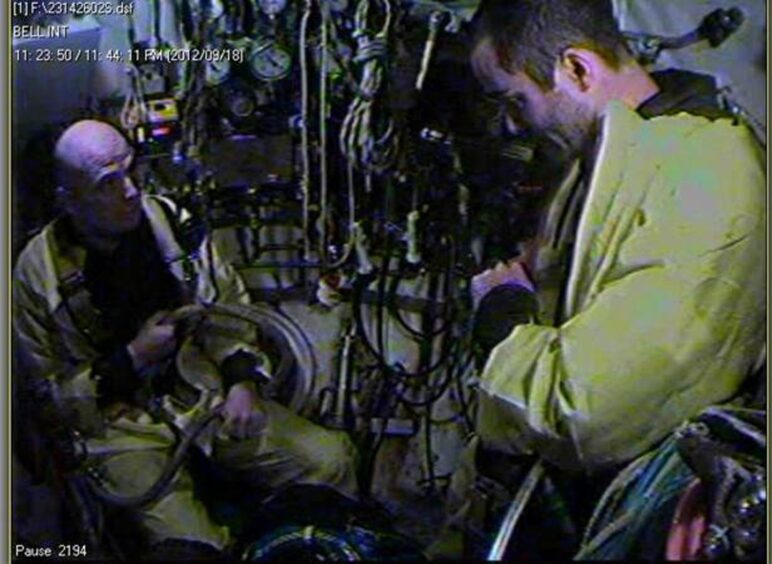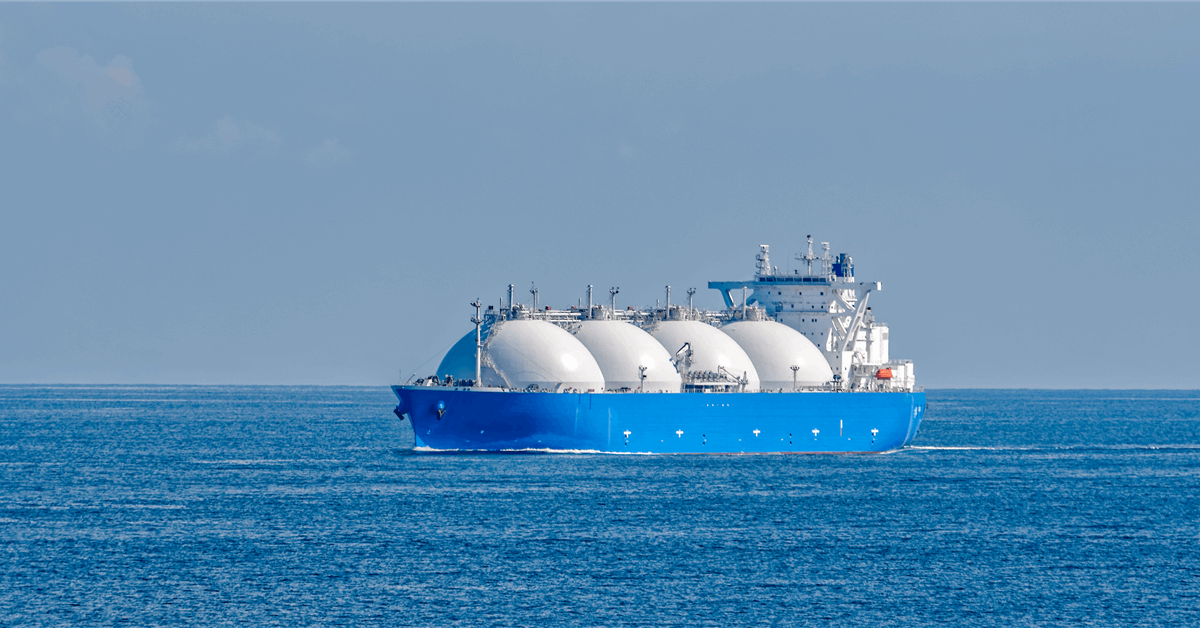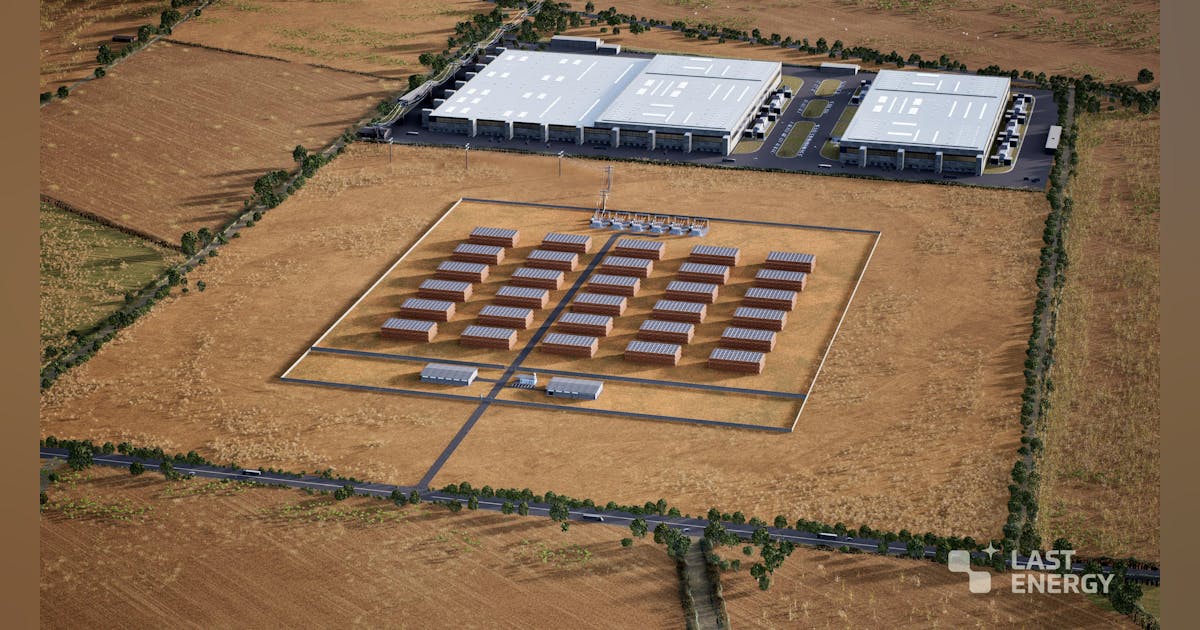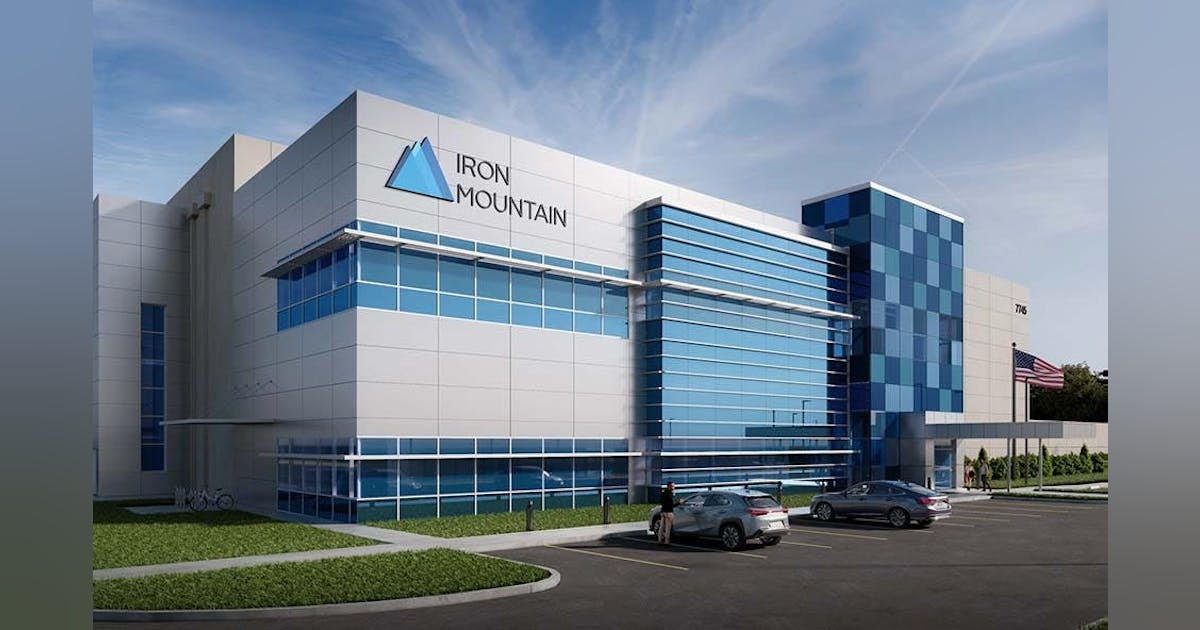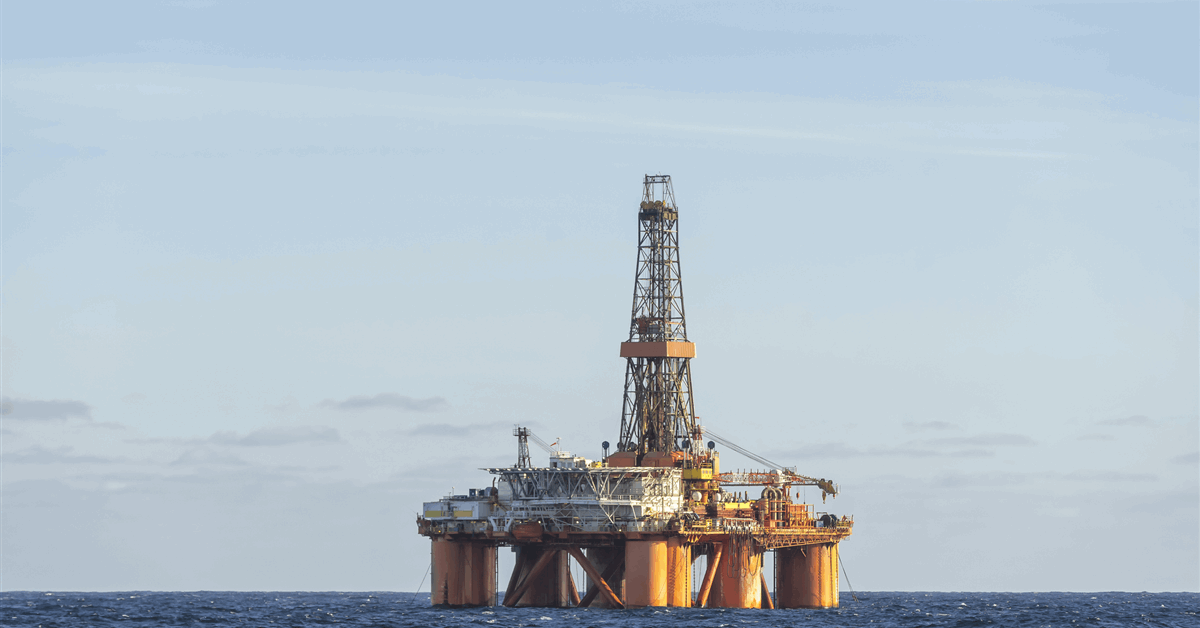
Brazilian oil major Petróleo Brasileiro S.A. (Petrobras) has increased its proved reserves of oil, condensate, and natural gas to 11.4 billion barrels of oil equivalent (Bboe), as of the end of 2024.
Oil and condensate make up 85 percent of the reserves, while natural gas makes up 15 percent, Petrobras said in a news release.
Petrobras attributed the increase mainly to the progress in the development of Atapu and Sépia fields, and the good performance of its assets, highlighting the Búzios, Itapu, Tupi and Sépia fields in the Santos Basin.
The company had a reserve replacement rate (IRR) of 154 percent, “focusing on profitable assets and keeping alignment with the search for a just energy transition, generating value for society and shareholders,” it said.
Further, Petrobras reported that it achieved all the production targets set in its four-year strategic plan ending 2028, within a range of 4 percent.
The company’s total production of oil and natural gas reached 2.7 million barrels of oil equivalent per day (MMboepd). Commercial production of oil and natural gas reached 2.4 MMboepd, while oil production was 2.2 million barrels per day (bpd), according to a separate news release.
Petrobras said it set new annual records for total owned and operated production in the pre-salt, at 2.2 MMboepd and 3.2 MMboepd, respectively. Pre-salt production volume represents 81 percent of the company’s total production.
Petrobras noted the startup of two new platforms in 2024: floating production storage and offloading unit (FPSO) Maria Quitéria, located in the Jubarte field, in the pre-salt of the Campos Basin; and FPSO Marechal Duque de Caxias, in the Mero field, in the pre-salt of the Santos Basin.
In October 2024, the Maria Quitéria platform ship produced its first oil in the Jubarte field, pre-salt in the Espírito Santo portion of the Campos Basin off the southeastern coast of Brazil. The FPSO can produce up to 100,000 barrels of oil a day and process up to 5 million cubic meters of gas, Petrobras said. It will be interconnected to a total of eight producing wells and eight injectors. Initially targeted for 2025, production for FPSO Maria Quitéria started ahead of schedule.
In 2024, the maximum oil production capacity of the FPSO Sepetiba platform in the Mero field was attained after eight months of operation. The ramp-up of these platforms partially offset the losses resulting from maintenance stoppages and the decline of mature fields, as well as the impact on production due to unscheduled stoppages determined by the ANP and the effects of the Ibama strike, the company stated.
Last month, Petrobras extended the charter period for the FPSO Cidade de Angra dos Reis to 2030. The company signed amendments to the charter and service agreements for the FPSO on behalf of the Tupi field consortium with Tupi Pilot MV 22 B.V. and Modec Serviços de Petróleo do Brasil Ltda. The FPSO Cidade de Angra dos Reis has been operating in the Tupi field since October 2010.
Petrobras said that the amendments aim to enable upgrades to the FPSO, which currently has a production potential exceeding 50,000 bpd.
Petrobras also started commercial operations of its Natural Gas Processing Unit (UPGN), located at the Boaventura Energy Complex in November 2024, which has the capacity to process 10.5 million cubic meters of gas per day in its first module.
To contact the author, email [email protected]
WHAT DO YOU THINK?
Generated by readers, the comments included herein do not reflect the views and opinions of Rigzone. All comments are subject to editorial review. Off-topic, inappropriate or insulting comments will be removed.
MORE FROM THIS AUTHOR






